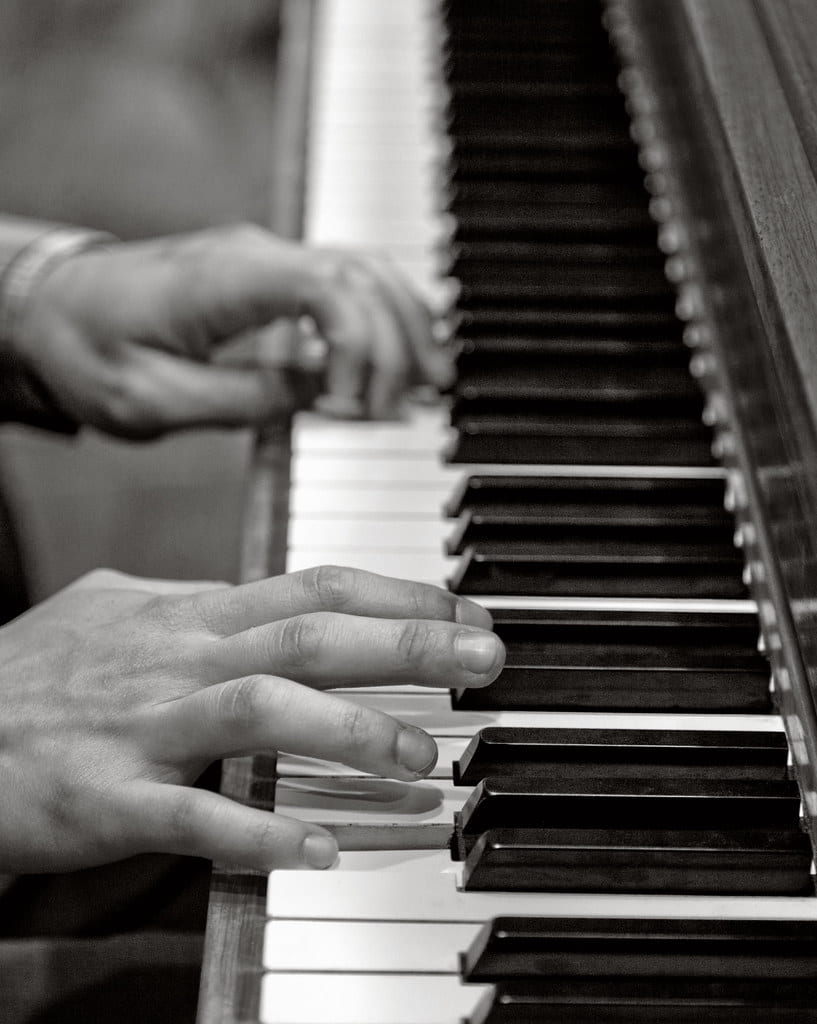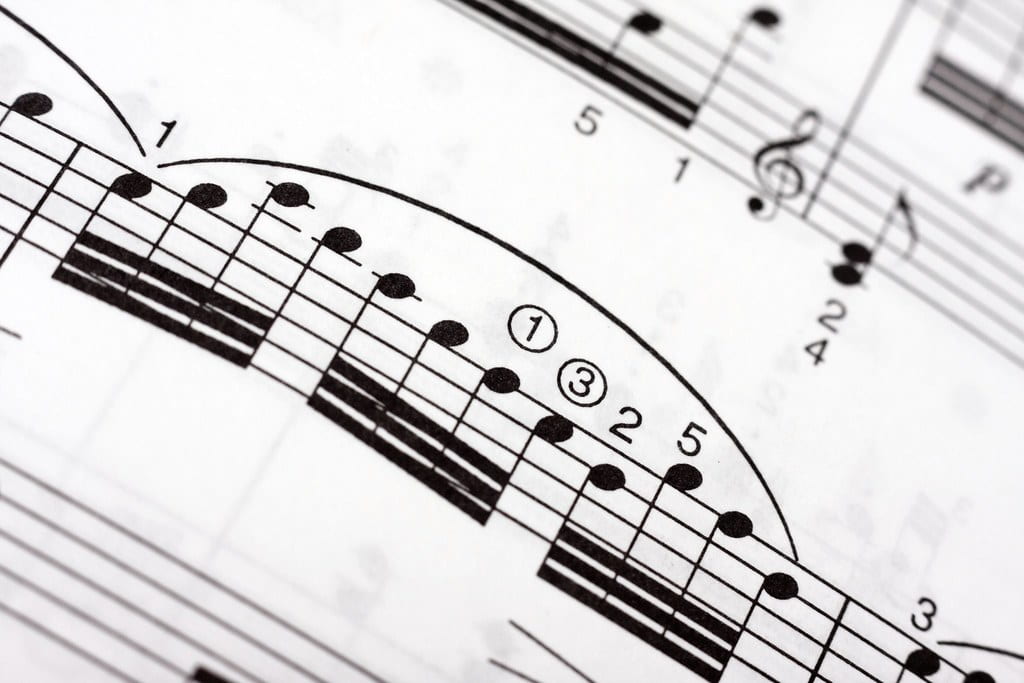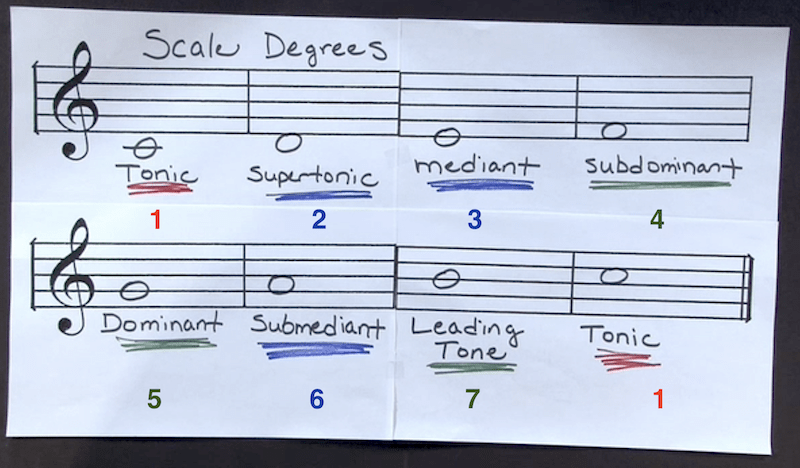
SUMMARY
Focus / Instrument
Piano/keyboard
Intention (SMART Goal)
By March 1st, I will have evidence for a completed piano song, using this video, as part of session 4 of School of Rock.
PRE-PRODUCTION – INQUIRY
Leader(s) in the Field / Exemplary Work(s)
Training Source(s)
SMART Goal Schedule
-Play around with different melodies (5-10 mins)
-Recor ideas (2 ish)
-listen back to past recordings and pick out things I still like (10 ish)
PRODUCTION
SMART Goal Starting Point Evidence
https://drive.google.com/file/d/1l1sDmnV9HAZgYah2cpqzg9eNcYqUNypn/view
SMART Goal Ending Point Evidence
POST-PRODUCTION – REFLECTION
21st Century Skills
Ways of Thinking (Creativity, Innovation, Critical Thinking, Problem-Solving)
Ways of Working (Communication & Collaboration)
This was a solo project so I didn’t collaborate or communicate with anyone further than sharing materials and being mindful of others.
Tools for Working (Info & Media Literacy)
I used a keyboard as well as a smaller one-octave keyboard that plugs into the computer so I could play things directly into Garage Band and mess with still there before playing it on an actual piano at home.
Ways of Living in the World (Life & Career)
This project really taught me the importance of time management and multitasking because it was difficult to balance this with the rhythm, melody, harmony, and base projects.
Grammar and Spelling
Grammarly




